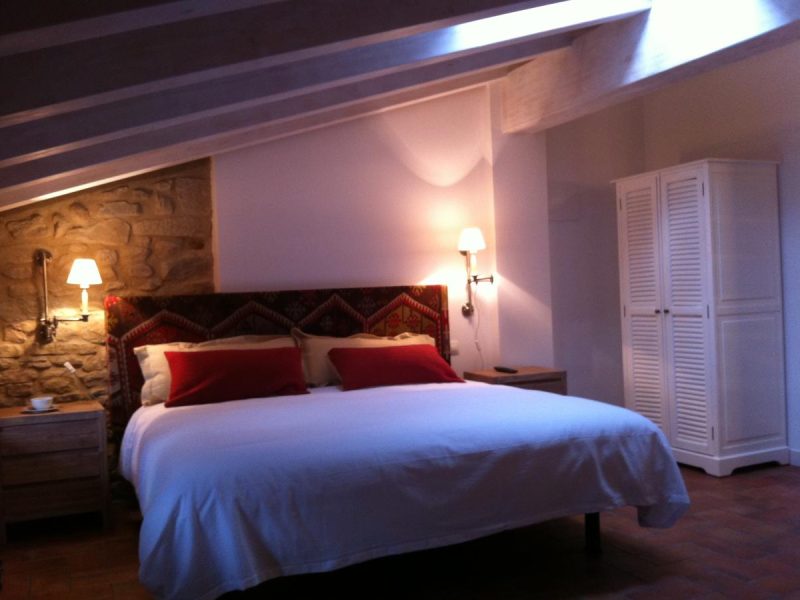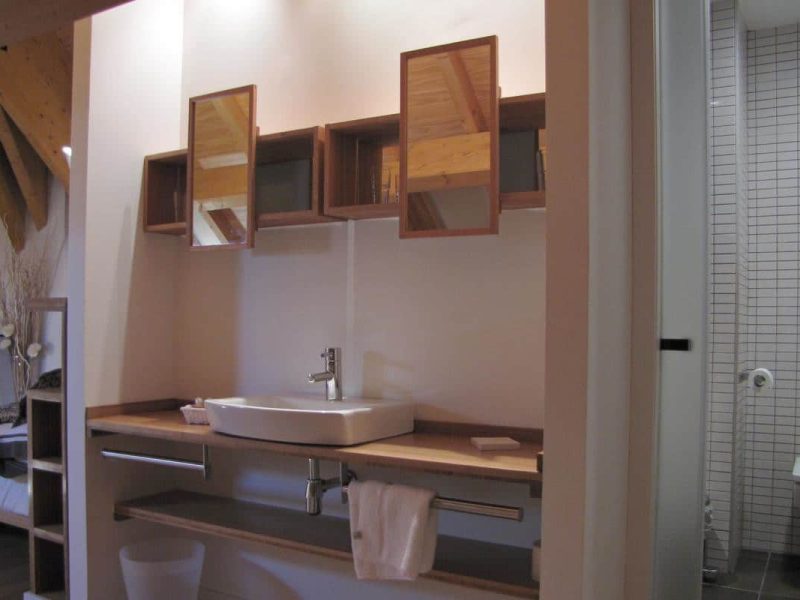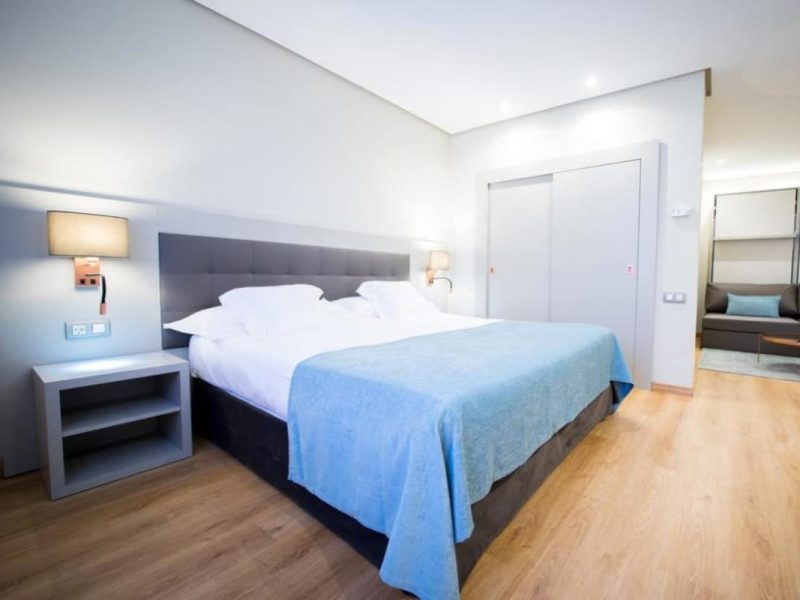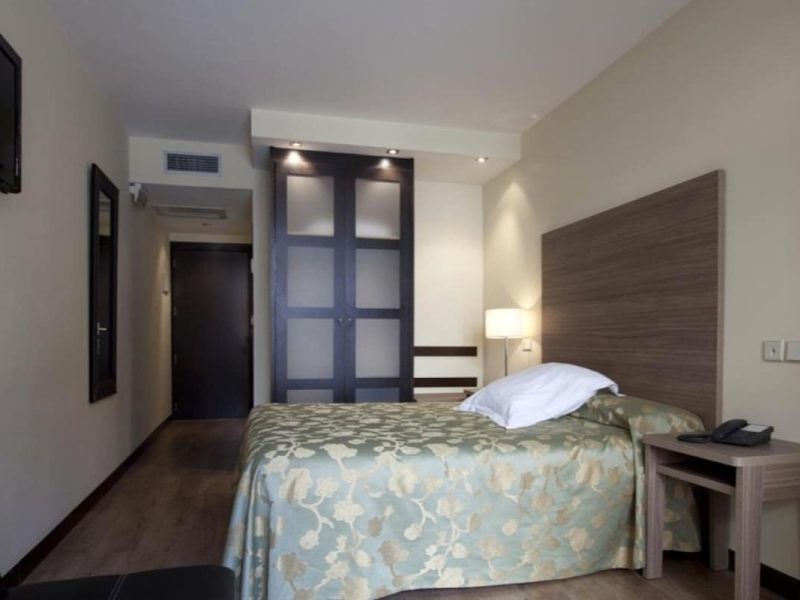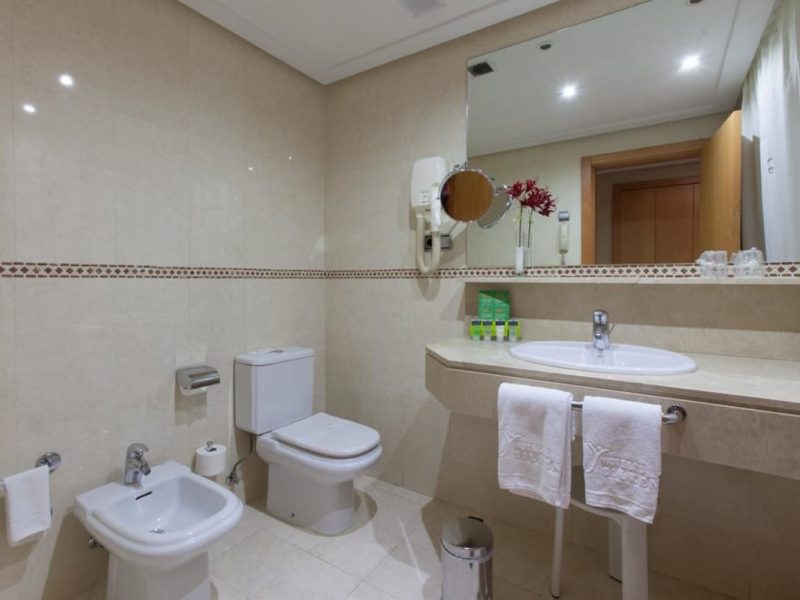Bicycle route from Roncesvalles to Santiago
Every great journey begins only with dreaming about it.
Discover the Bicycle route from Roncesvalles to Santiago
A unique journey
Way
The Camino de Santiago by bike from Roncesvalles to Santiago de Compostela is the gateway to Spain of the French Way. It is a mythical place on the Camino de Santiago, witness to historical events and spectacular beauty. It represents one of the most traditional Jacobean places along the entire French Way of the Camino de Santiago from Roncesvalles.
If you prefer to walk the French Way, we also offer you that possibility.
The Camino de Santiago by bike from Roncesvalles to Santiago de Compostela is the entry point into Spain of the French Way. It is a mythical place on the Camino de Santiago, witness to historical events and spectacular beauty. It represents one of the most traditional Jacobean places along the entire French Way of the Camino de Santiago from Roncesvalles.
If you prefer to walk the French Way, we also offer you that possibility.

More details
Origin
Roncesvalles

Destination
Santiago

Duration
14 days / 13 nights / 12 stages

Total Kms
790

Price / person
1420€
Book now!
Indicates the number of persons

services
Services
Full and customizable services for a worry-free experience on the Wey of Santiago.
Services Included
Rooms with private bathroom.
Accommodations in Hotels, Rural Houses, Hostels
Special breakfast
Travel assistance insurance in Spain
Emergency roadside assistance vehicle
Informative digital dossier on the way
On-Route Telephone Assistance
Luggage transfer on the stages
✓ 1 suitcase per person, maximum 20Kgs
Special gifts, including the Pilgrim's Credential, the Pilgrim's Shell, and a Typical Galician Product.
No cancellation fees
✓ Up to 10 days before starting the Camino
Optional Services
Pamplona Train Station Transfer
Until: ✓ Roncesvalles
(Check rate)
Pamplona Train Station Transfer
✓ Jean Pied de Port
(Check rate)
Dinner supplement
✓ Consult
Single room supplement
✓ Consult
Additional baggage
✓ Check rate if you bring more than 1 suitcase per person
Extra night in Santiago
✓ Consult Rate.
1 day excursions (Bus)
✓ Finisterre (Costa da morte) and/or Rias Baixas.
Cancellation Insurance
Remember that the cost of the optional services chosen will be added to the base price of your route. We are committed to making your pilgrimage an unforgettable and carefree experience. Welcome to the Wey!
Stages
Discover the Wey of Santiago towards the majestic Santiago de Compostela.
Day 1: Arrival in Roncesvalles. Lodging.
Day 2: Bike stage from Roncesvalles to Puente la Reina (66.7 kms)
Breakfast and start of the first stage of the Camino de Santiago by bike from Roncesvalles.
The beginning of the French Way in Spain is Roncesvalles and its Royal Collegiate Church. The Song of Roland originated in these lands, don’t miss its history and monuments.
Until reaching Pamplona, the pilgrim will find numerous towns of great beauty.
The stage runs through small oak forests and dry fields.
There are numerous undulations which do not present special difficulties, except for the climbs of the Alto de Erro, before reaching Zubiri, and the climb to the Alto del Perdón, between Pamplona and Puente la Reina.
Notable are the towns of Zubiri, Pamplona, Obanos, and Puente la Reina, with its majestic Medieval Bridge, as well as the Hermitage of Our Lady of Eunate.
Arrival in Puente la Reina. End of the stage.
Day 3: Bike stage from Puente la Reina to Logroño (71 kms)
Breakfast and start of the stage.
The profile of this stage, running through clay terrain, does not present difficulties.
Special mention to the towns of Mañeru, and especially Cirauqui with its medieval layout and its ancient Roman road.
Through Lorca and Villatuerta we arrive in Estella, with fabulous monuments: the Church of San Pedro de la Rua, the Palace of the Kings of Navarra, the Monastery of Irache, and the Castle of Monjardin.
Also noteworthy is the town of Torres del Río, with the Church of the Holy Sepulchre and Viana, a city founded at the beginning of the 12th Century.
Arrival in Logroño. End of the stage.
Day 4: Bike stage from Logroño to Santo Domingo de la Calzada (50 kms)
Breakfast and start of the stage.
The Camino de Santiago in La Rioja does not represent many kilometers of the total journey, but the cities it passes through have a great Jacobean tradition.
It is a stage where vineyards and farmlands follow one another.
In Logroño, the Imperial Church of Santa María de Palacio, the Church of Santiago el Real, and the Cathedral of Santa María la Redonda are highlights.
Nájera, with the Monastery of Santa María la Real. Nearby are the Monasteries of Yuso and Suso, cradles of Spanish and Basque letters.
Finally, Santo Domingo de la Calzada, with its Cathedral and the House of the Saint, which gives its name to the town.
Arrival in Santo Domingo de la Calzada. End of the stage.
Day 5: Bike stage from Santo Domingo de la Calzada to Burgos (75Kms)
Breakfast and start of the stage.
We leave the lands of La Rioja and enter into Castile. The Montes de Oca will be the main obstacle of this stage of the Camino de Santiago by bike from Roncesvalles.
The following localities along this route are noteworthy:
Redecilla del Camino with its “Jurisdictional Pillory” and its Romanesque baptismal font.
Belorado, Villafranca Montes de Oca, Montes de Oca, where the Monastery of San Juan de Ortega stands out, one of the most Santiago-related enclaves, where we will appreciate the famous Annunciation capital.
Burgos presents itself with its spectacular Gothic Cathedral, Monastery of Las Huelgas Reales, and the Arch of Santa Maria.
Arrival in Burgos. End of the stage.
Day 6: Bike stage from Burgos to Fromista (65 kms)
Breakfast and start of the stage.
Our Camino de Santiago by bike from Roncesvalles enters for the first time the Castilian plateau, filled with hills, fields, and valleys. Austere villages with a great Jacobean tradition dot this stage.
A flat stage with successive hills and watchtowers. The only difficulty, upon leaving Castrojeriz, is the Alto de Mostelares.
A route of great artistic and cultural interest, among which the towns of Castrojeriz, Boadilla del Camino, Fromista with its Church of San Martin (a jewel of Spanish Romanesque) stand out.
Arrival in Fromista. End of the stage.
Day 7: Bike stage from Fromista to Sahagún (59.5 kms)
Breakfast and start of the stage.
Fields of cereals and long straight roads without any orographic difficulty. Typical Castilian villages with few shadows mark this stage of the Camino de Santiago by bike from Roncesvalles.
We highlight Villalcazar de Sirga, with its fabulous Church of Santa Maria la Blanca, Carrión de los Condes, and Sahagún, with some of the best Romanesque-Mudejar monuments, such as the Churches of San Tirso and San Lorenzo.
Arrival in Sahagún. End of the stage.
Day 8: Bike stage from Sahagún to León (57 Kms)
Breakfast and start of the stage.
We enter the Leonese moorland. A stage without difficulty in terms of geographic accidents and scarcity of urban centers.
In Mansilla de las Mulas, we can see its well-preserved wall. In León, a must-visit are its exceptional Cathedral, the Hostal Parador de San Marcos, and the Royal Collegiate Church of San Isidoro.
Arrival in León. End of the stage.
Day 9: Bike stage from León to Rabanal del Camino (69.8 Kms)
Breakfast and start of the stage.
A flat stage of tracks and paths perfectly marked through the Leonese moorland, flat terrain that runs through well-marked tracks and paths. Once we enter the austere region of Maragateria and close to the city of Astorga, the landscape turns into beautiful villages composed of large houses.
In Astorga, its Cathedral, the Episcopal Palace of Gaudí, and its Main Square are highlights.
Arrival at Rabanal del way. End of the stage.
Note: If you do not have enough days to do this route, you can always do the Camino de Santiago by bike from León with a duration of one week.
Day 10: Bike stage from Rabanal del Camino to Villafranca del Bierzo
Breakfast and start of the stage.
After Rabanal del Camino, the ascent to Monte Irago, with Foncebadón to reach the summit will be our next goal. We ride to the famous Cruz de Ferro (the highest altitude of the French Way), and in a steep descent to El Acebo, crossing the medieval bridge of Molinaseca.
The capital of Bierzo, “Ponferrada and its Templar castle,” will be the next stop for the bikers. Tracks of land and vineyards will lead us to the end of the stage.
Arrival in Villafranca del Bierzo. End of the stage.
Day 11: Bike stage from Villafranca del Bierzo to Samos (60 Kms)
Breakfast and start of the stage.
This stage mostly runs near National Road VI and the Valcarce river valley, until we ascend in a steep climb to the mythical O Cebreiro, the entrance of the Camino de Santiago in the Galician province.
We continue cycling to the Altos del Poio and San Roque, and then descend to Triacastela and Samos with its Benedictine Monastery as a backdrop.
Arrival in Samos. End of the stage.
Day 12: Bike stage from Samos to Palas de Rei (59 Kms)
Breakfast and start of the stage.
A stage of great beauty marked by constant ups and downs. Forests, watercourses, natural corridors, and small villages will be the main attractions of the Way.
Our next stop will be Sarria, the Camino de Santiago from Sarria to Santiago represents the last 100 Kilometers of the route and is the most popular route among walking pilgrims. The town of Sarria is one of the largest cities we will find on the Camino de Santiago from Roncesvalles to Santiago.
Portomarín and its Belesar Reservoir will welcome us halfway.
Arrival in Palas de Rei. End of the stage.
Day 13: Bike stage from Palas de Rei to Santiago de Compostela (66 Kms)
Breakfast and start of the stage.
In this section, which runs along dirt tracks and asphalted areas, we continue with the ups and downs, though with a moderate slope; except for the ascents to Arzúa and Monte do Gozo, which will be the obstacles of the day.
We highlight the towns of Furelos, with its magnificent medieval bridge, Melide, with its famous octopus restaurants, almost a must-visit, Arzúa, and finally Monte do Gozo, where we will glimpse, for the first time, the Cathedral of Santiago.
Arrival in Santiago de Compostela. End of the stage.
Day 14: Breakfast - End of our services
This itinerary will take you through the most popular stages, allowing you to experience the beauty and culture of the Wey of Santiago. Be sure to book accommodation in advance, as it can get crowded, especially in the high season.
Safe travels and buen Wey!
Lodging
In our constant effort to provide the best experience to our customers, we want to assure you that we are committed to your rest and comfort. The accommodations we offer have been carefully selected and provide private rooms with private bathrooms, along with all the necessary services to make the most of your stay. It is important to note that we will never put you up in hostels.
Since these accommodations have a limited capacity, we will provide you with the exact name once you confirm your reservation and we verify availability on the dates of your choice. Your satisfaction is our priority!
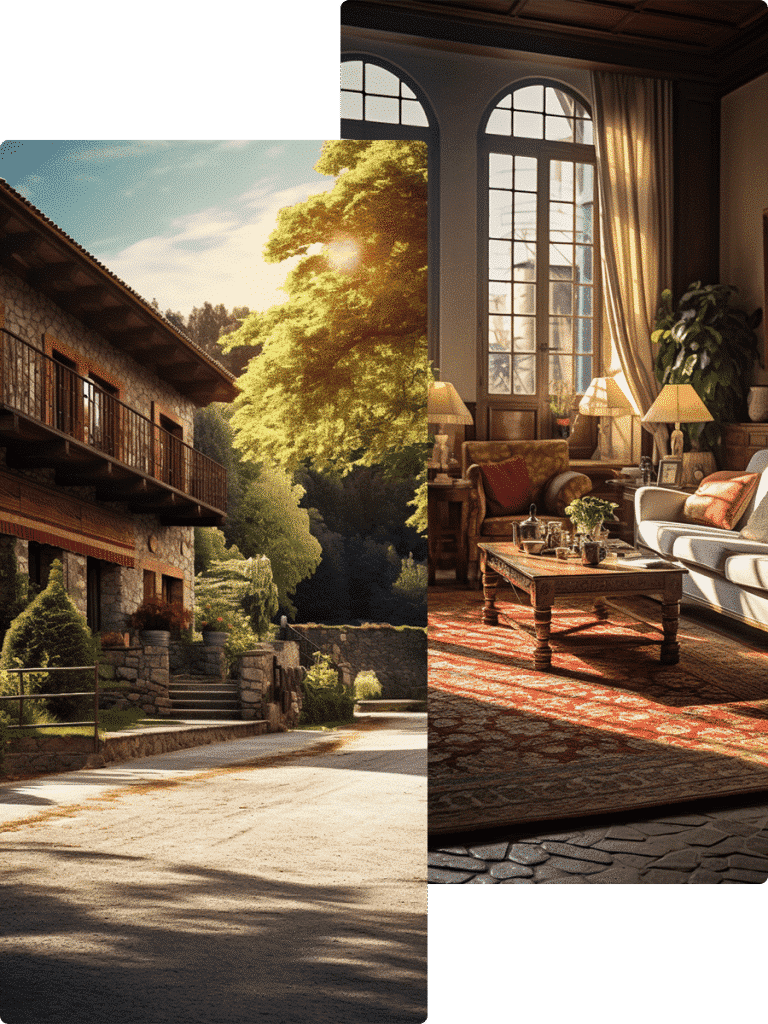
Frequently Asked Questions
How to get to Roncesvalles with your bike
We indicate the different options to get to Roncesvalles on your organized trip to the Camino de Santiago:
Option 1: You can go with your own bike in a private car and leave the vehicle parked in Roncesvalles.
Option 2: Bus
Pamplona>Roncesvalles
To get to Roncesvalles you must first arrive in Pamplona and from there transfer to Roncesvalles:
- By Bus: with Autocares Artieda. To transport your bike, you must remove the front wheel and take off the panniers if you have them.
- Private transfer: we can pick you up with your bike in Pamplona and transfer you to the accommodation in Roncesvalles. Ask us for a rate.
Opción 3: Tren (Renfe)
Once at the train station in Pamplona, you can go:
- By Bus, as previously mentioned.
- Private transfer: pick up in Pamplona and direct transfer to the hotel in Roncesvalles. Please ask us for the price of the service.
Option 4: Airplane
You must arrive at Pamplona Airport and then the simplest option is to pick you up at Pamplona Airport and direct transfer to Roncesvalles. Please ask us for the price of the service.
Do you still have doubts about the Camino?
This video will give you a more detailed and visual look at what to expect on your adventure. Don’t miss it!

